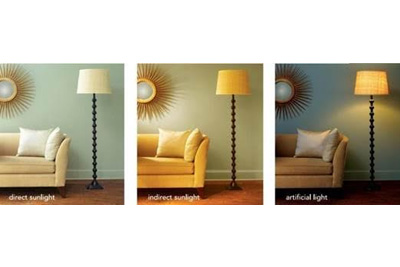Illuminant Metamerism – It’s not always ‘What You See Is What You Get’!
If you look up “metamerism” in a dictionary, you will likely not find anything related to mismatched colors. However, in the color world, the following is a fundamental definition of metamerism:
Using the paint example above, companies concerned about situations like this (and subsequent customer returns/satisfaction) will use a light booth to verify their pigments/colors under various lighting conditions. For color and appearance applications, colors are typically tested under three primary light sources: D65 daylight, incandescent (or home light) and fluorescent (office/retail light). By comparing product samples against known targets under these different lighting conditions, companies are able to verify that metamerism will be minimized, and customer rejects/rework are minimized. With that said, a light booth is a key element of any color program and will help you minimize metamerism in your workflow!











